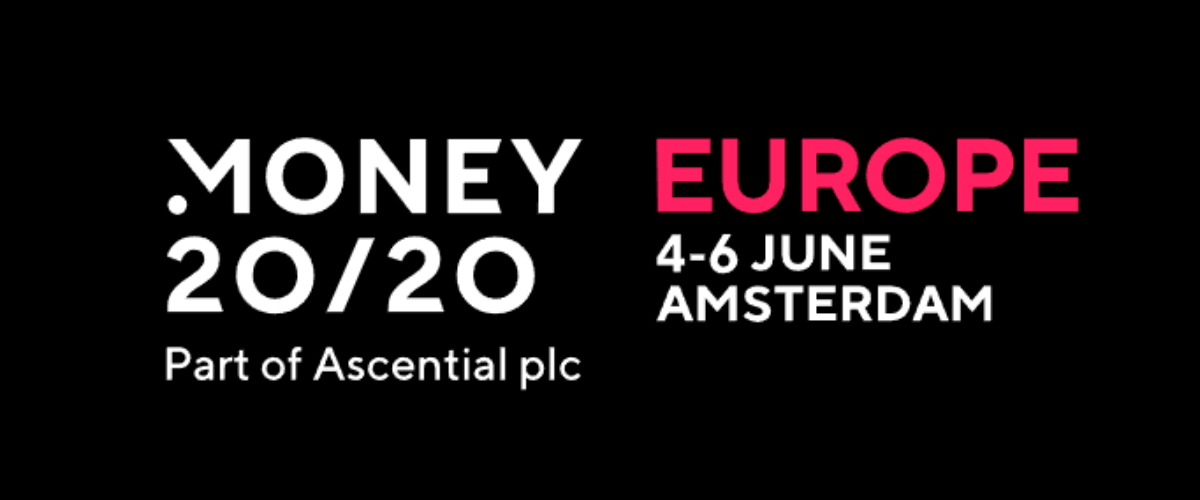Generative AI (Artificial Intelligence) has rapidly emerged as a transformative force within the banking industry, reshaping how financial institutions operate and interact with their customers. Unlike traditional AI, generative AI is quickly gaining mainstream status due to its accessibility and versatility. In our member fintechOS’ latest article, they will explore the rise of generative AI in banking, its diverse use cases, and its potential to revolutionize the financial services sector.
The Rise of Generative AI
The adoption of Generative AI (GAI) has seen exponential growth in recent years. For instance, ChatGPT, a generative AI model, reached 1 million users in just five days, a stark contrast to Twitter’s two-year journey to reach a similar milestone. According to a recent survey conducted by FintechOS, 41% of 500 financial services professionals reported that GAI is already in use within their organizations. This rapid adoption can be attributed not only to the accessibility but also to the remarkable versatility of generative AI.
While traditional AI excels at recognizing patterns and analyzing existing data, generative AI takes a step further by enabling individuals and businesses to create a wide variety of content from scratch. This includes generating text, images, audio, video, and even code.
Generative AI in Banking Use Cases
Generative AI offers a multitude of applications in the financial services industry. According to KPMG, three out of four business leaders believe that generative AI will be among the top three emerging technologies in the next 12-18 months. Here are five key categories of use cases for GAI in banking:
1. Classification: Generative AI can classify both internal and external data, making it a valuable tool for identifying fraudulent transactions, creating comprehensive credit scoring models, categorizing customer service calls, and recommending personalized financial products. However, it is essential to maintain human oversight for critical decisions and quality control.
2. Editing: GAI can apply visual and textual changes to documents, such as removing or updating logos, correcting grammar, or translating content into local languages. This function is primarily used by internal employees, requiring proper training and workflow integration.
3. Summarization: Generative AI excels at summarizing large volumes of structured and unstructured data, making it ideal for tasks like compiling customer communications, summarizing customer interactions for sales representatives, generating highlight videos from event footage, and creating charts and graphs for client presentations.
4. Answering Questions: GAI can be trained to answer customer inquiries, reducing the workload of internal employees. This capability extends to assisting internal teams with processes and training they may be uncertain about. Text-to-speech and speech-to-text technology enable GAI to work seamlessly across multiple communication channels.
5. Content Drafting: Since GAI can create original content in various formats, it can be employed to generate financial forecasts, targeted marketing materials, financial advice for customers, and follow-up emails for loan applications. In all these generative AI use cases, human oversight, data quality, and continuous model tuning are crucial to ensure relevant and accurate results.
The Power of Integration
The true potential of generative AI in banking emerges when its capabilities are combined. By using generative AI technologies together, financial institutions can streamline their operations, enhance customer experiences, and create innovative financial products. However, it is essential to acknowledge and address the potential risks associated with this integration.
The Darker Side of Generative AI
While generative AI holds great promise, its utilization comes with societal, environmental, and legal hazards. Concerns related to customer data privacy and intellectual property are already being widely discussed. Other risks include bias in AI models, IP issues, security vulnerabilities, lack of explainability, reliability challenges, and potential organizational impact. According to the FintechOS survey mentioned earlier, 72% of respondents believe that GAI could eventually replace their jobs, which may lead to resistance from internal employees.
Adopting Generative AI in Banking
To successfully navigate the evolving landscape of generative AI, organizations can consider one of three approaches:
- Buy: Leverage publicly available models or Software-as-a-Service (SaaS) solutions, requiring minimal technical expertise. This option is affordable and suitable for simple implementations, such as website chatbots.
- Adapt: Elevate publicly available models or SaaS solutions by integrating them with internal data and systems. This approach requires a larger investment and additional technical talent, including software developers, data scientists, and machine learning engineers.
- Build: Reserved for major financial institutions, this choice involves building custom foundational models from scratch, requiring a substantial upfront investment and a high level of technical expertise to address specific and complex business cases.
Best Practices for Implementing Generative AI in Banking
To make the most of generative AI in banking, organizations should consider the following best practices:
- Establish a working group of cross-functional teams, including business, tech, data, compliance, legal, and more, to balance high-value initiatives with potential risks.
- Encourage experimentation, starting with low-risk use cases.
- Cultivate the necessary skills internally.
- Leverage a modern technology stack like the FintechOS platform for scalability and innovation, ensuring seamless integration with existing systems.
Conclusion: Generative AI in Banking is a Game-Changer
Generative AI’s accessibility, versatility, and potential for innovation are already reshaping the way financial institutions operate. Despite the challenges and risks, embracing generative AI today ensures that banks are well-prepared for the opportunities and challenges of tomorrow’s financial landscape. As organizations continue to experiment and integrate these technologies, they will find new ways to enhance customer experiences, streamline operations, and drive financial innovation. Generative AI is indeed a game-changer in the world of banking. Read the full article here.



